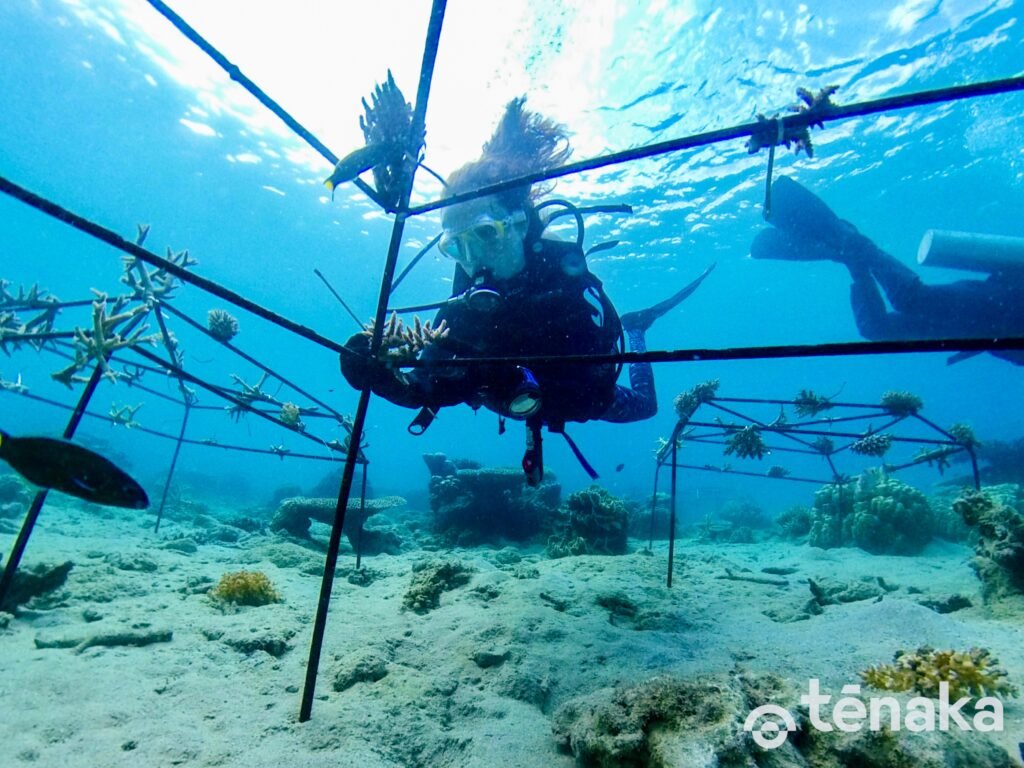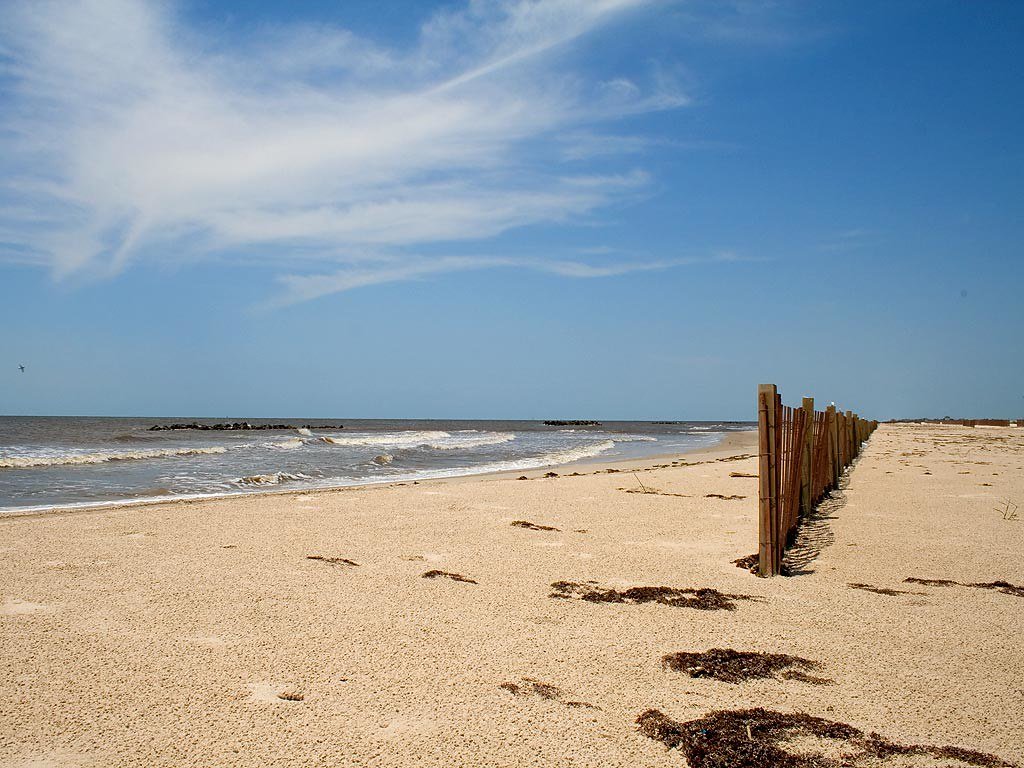Have you ever gazed at a coral reef, bursting with color and life, and wondered how something so vibrant could be so fragile? It’s almost heartbreaking to realize that the beauty we cherish is under constant assault from invisible threats drifting from distant lands. The journey of pollution from our daily lives to the heart of the reef is a shocking odyssey—one that weaves through city streets, farmland, rivers, and finally, the open ocean. By the time it reaches the reef, pollution has already changed forms and found its way into the bellies of fish, the branches of coral, and the very fabric of the sea. Let’s dive into this unseen journey, unraveling the story of how plastic, pesticides, and more silently sabotage some of the planet’s most precious underwater wonders.
The Long Road: How Pollution Travels from Land to Sea
Pollution rarely begins its journey by the ocean. Often, it starts far inland—on a city street, a farm, or even a suburban backyard. Rainwater is the great conveyor, sweeping up everything from cigarette butts to spilled motor oil, and channeling this toxic soup into storm drains and rivers. These rivers act like highways, carrying waste miles away from its origin. Eventually, the pollution is unleashed into estuaries and coastal waters, where it can drift for days or weeks before settling on a coral reef. The vastness of this journey is both awe-inspiring and deeply worrying, revealing how intimately connected our actions are to distant marine ecosystems.
Plastic: The Ubiquitous Invader
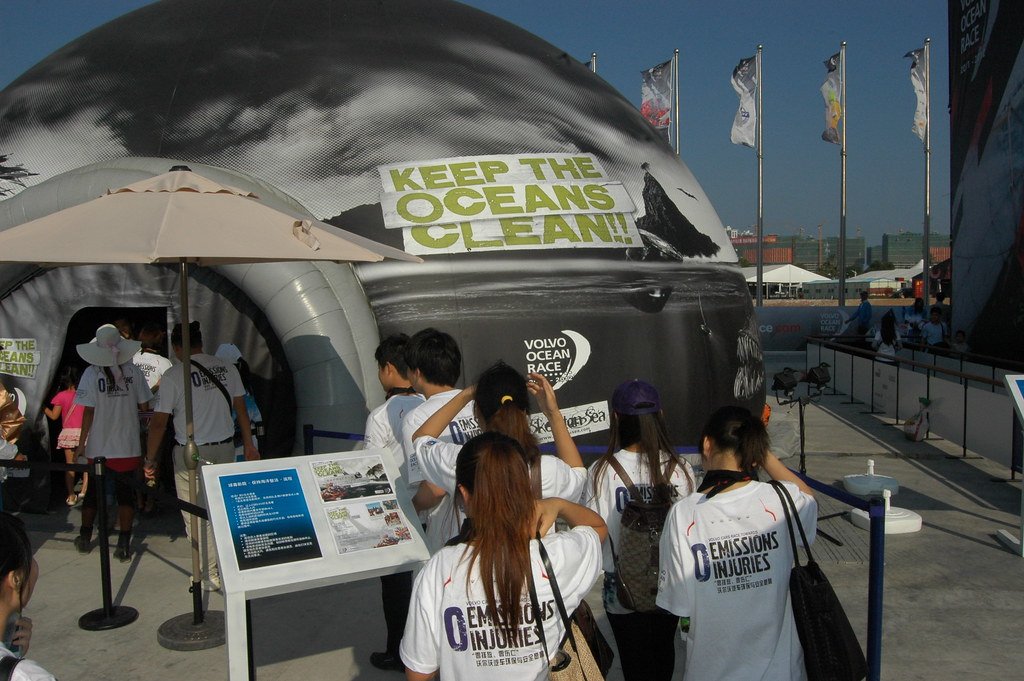
Plastic is everywhere—bags, bottles, straws, and even microbeads from facial cleansers. These items, designed for convenience, linger for centuries after use. Once plastic enters the ocean, sunlight and waves break it down into tinier pieces called microplastics. These particles are so small that they can be mistaken for food by fish, plankton, and even coral polyps. The reefs, once pristine, become littered with colorful fragments that look almost beautiful, but harbor toxic chemicals and deadly consequences for marine life. Plastic pollution is like a slow-moving avalanche, relentless and nearly impossible to stop once it gains momentum.
Microplastics: Tiny Particles, Massive Impact
Microplastics are a particularly insidious form of pollution. Invisible to the naked eye, these specks are found everywhere—from the surface of the sea to the deepest ocean trenches. Coral polyps, which build reefs, can accidentally eat microplastics, mistaking them for plankton. This can block their digestive tracts and stunt their growth. Scientists have even found microplastics lodged inside the bodies of tiny shrimp and juvenile fish living in the reef. It’s a bit like eating sand instead of bread—nutritionally empty and physically damaging.
Pesticides: The Silent Assassin
Pesticides sprayed on crops to kill pests don’t just vanish after a rainy day. Instead, they trickle into streams and rivers, hitching a ride all the way to the sea. Once in the ocean, chemicals like glyphosate and atrazine can poison tiny algae and zooxanthellae, which corals need to survive. The result? Coral bleaching, disease, and even death. Pesticides are a silent assassin, creeping into the reef food web and weakening the very foundation of marine life, often before anyone notices the damage.
Nutrients Overload: The Double-Edged Sword of Fertilizers
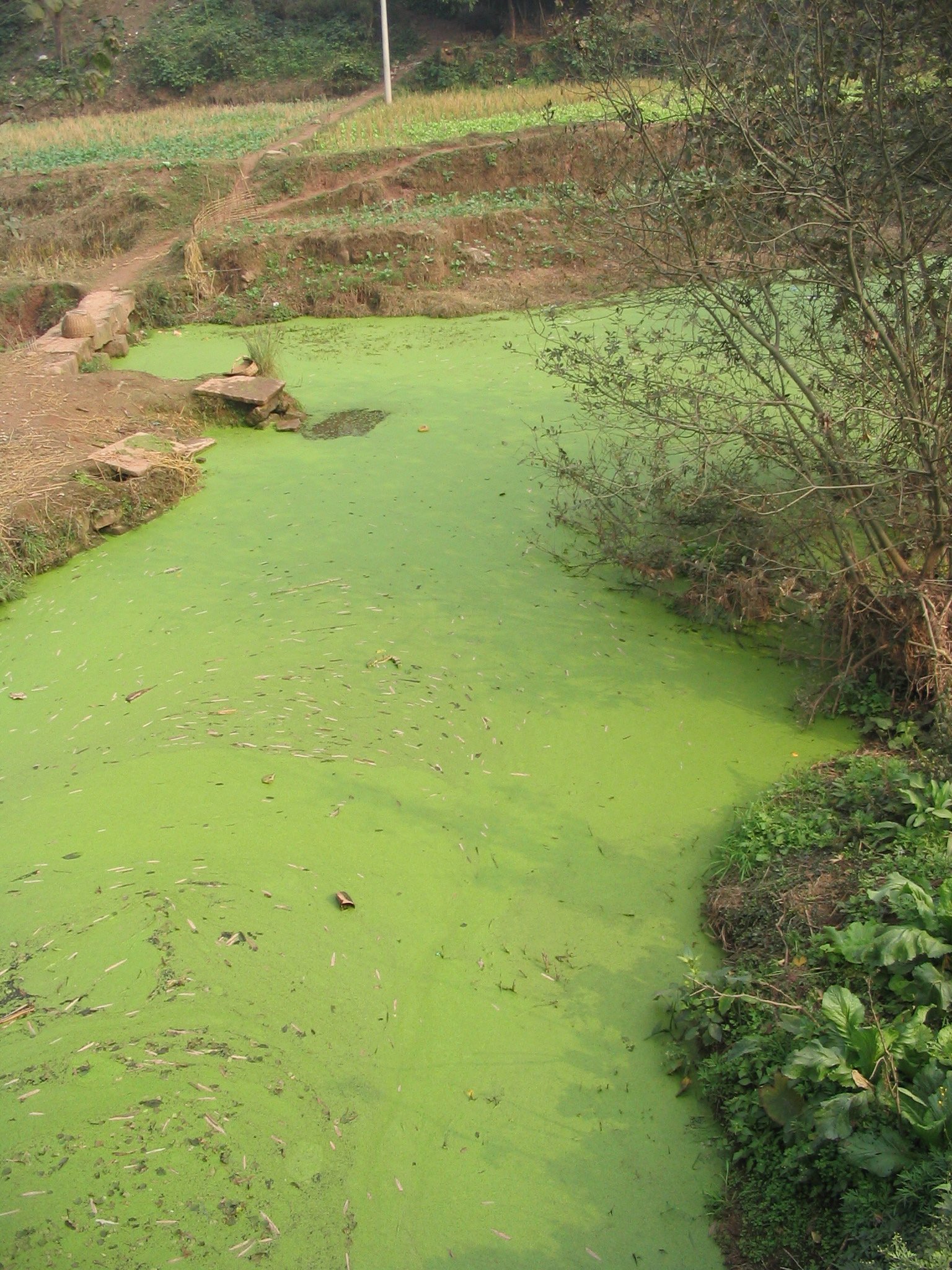
Fertilizers help crops grow, but when they wash into the ocean, they create a feast for algae. This leads to algal blooms—thick green mats that block sunlight and suck oxygen out of the water. Corals, already struggling to survive, are smothered and deprived of light. Fish and invertebrates flee or die, transforming vibrant reefs into lifeless wastelands. This process, called eutrophication, is like overfeeding a goldfish tank until everything drowns in green slime.
Sediment Runoff: The Muddy Waters Phenomenon
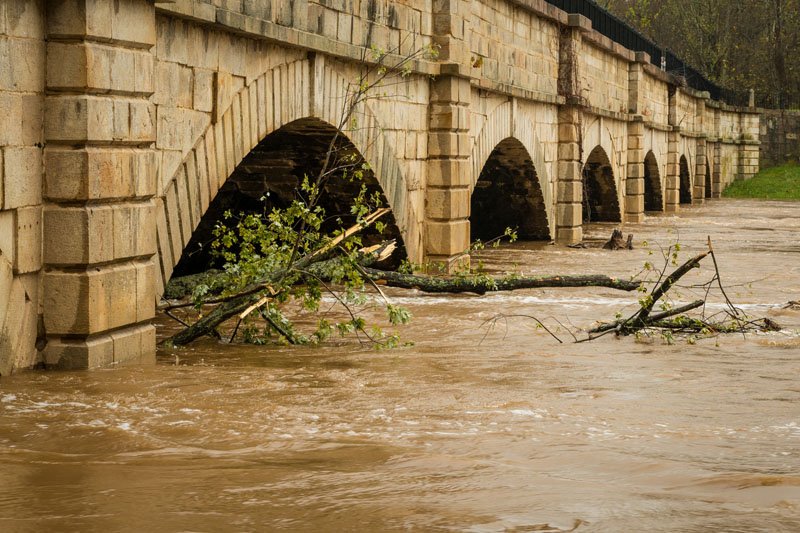
Deforestation, construction, and poor land management turn rainwater into a muddy torrent, loaded with soil and debris. When this sediment-laden water reaches the reef, it clouds the water and coats coral branches in a suffocating blanket. Corals depend on sunlight for photosynthesis, so murky water stunts their growth and can even kill them. Imagine trying to breathe and eat with a wet towel over your face—that’s what sediment does to coral reefs.
Heavy Metals: The Hidden Toxins
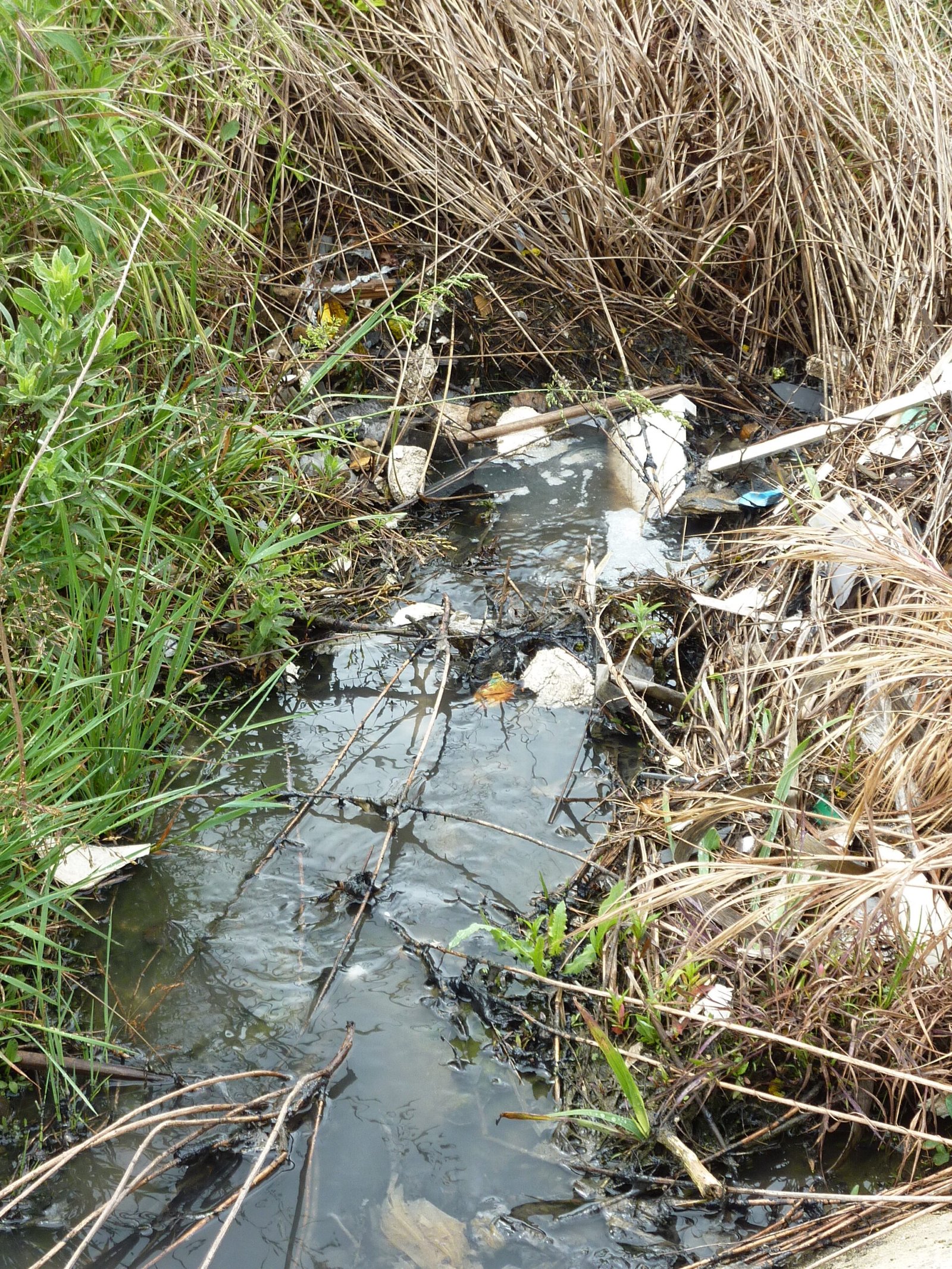
Metals like mercury, lead, and cadmium are released by mining, industry, and even car exhaust. Once in the water, these toxins accumulate in the tissues of fish, crabs, and other reef dwellers. Over time, heavy metals travel up the food chain, eventually reaching apex predators—and sometimes even humans who eat seafood. Unlike many pollutants, heavy metals don’t break down; they just keep building up, quietly poisoning entire ecosystems one molecule at a time.
Oil Spills: The Sudden Catastrophe
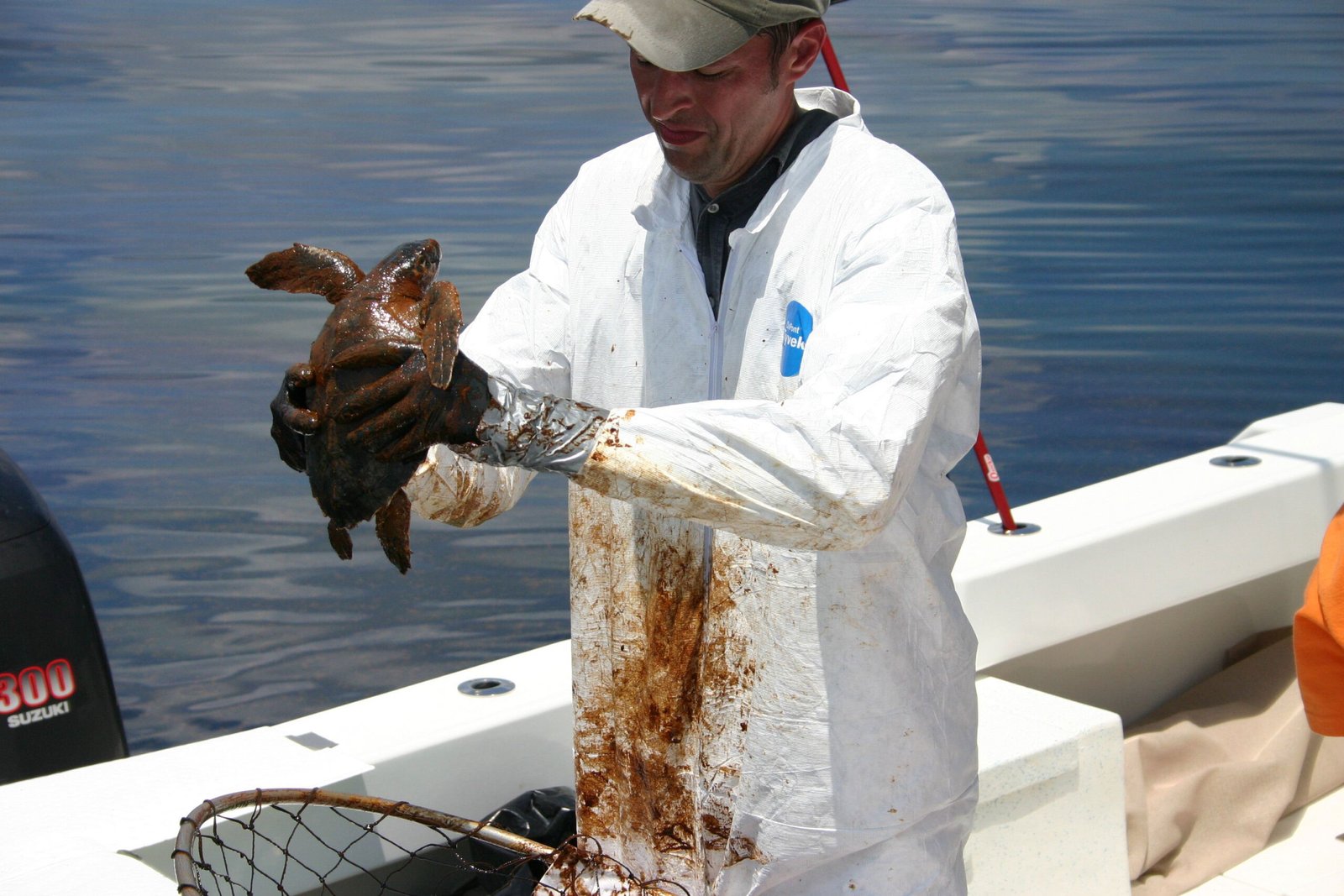
Oil spills are the car crashes of ocean pollution—sudden, shocking, and devastating. When oil blankets the surface, it blocks sunlight, suffocates coral, and poisons fish and seabirds. Even tiny leaks from boats or harbors can add up, slowly degrading water quality. Oil doesn’t just disappear; it clings to everything, from the feathers of seabirds to the branches of coral, leaving a greasy mark that takes years to heal.
Sewage and Wastewater: The Unseen Threat
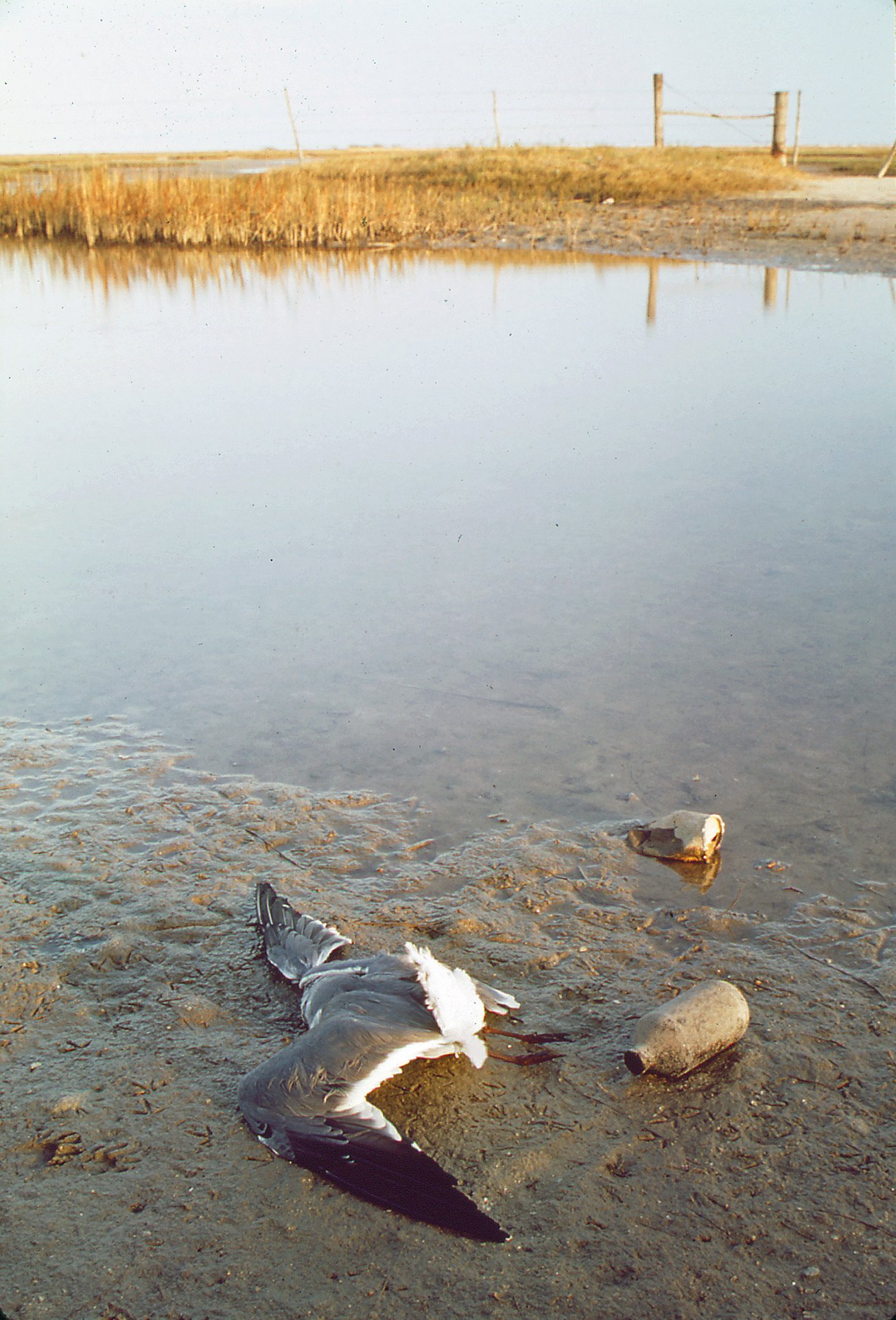
Much of the world’s sewage is still discharged untreated into rivers and coastal waters. This waste is loaded with bacteria, viruses, and nutrients. When it reaches the reef, it can spread disease, fuel algal blooms, and upset the carefully balanced chemistry of the ocean. Snorkelers and divers may never see it, but sewage quietly erodes the health of reefs, one invisible flush at a time.
Marine Debris: Beyond Plastic
Not all debris is plastic—nets, ropes, tires, and even abandoned boats litter the sea. This junk can physically damage reefs, entangling coral branches and trapping fish. Ghost nets, left behind by fishermen, continue to kill marine animals for years. The ocean becomes a graveyard of forgotten objects, each one a hazard for the fragile communities that call the reef home.
Persistent Organic Pollutants: Chemical Time Bombs
Some chemicals, like PCBs and DDT, were banned decades ago, but they still haunt the ocean. These persistent organic pollutants (POPs) dissolve in fat, moving easily through the food chain. They can cause cancer, reproductive problems, and immune disorders in fish and marine mammals. The reef, meant to be a sanctuary, becomes a repository for the world’s most dangerous poisons, ticking away like a chemical time bomb.
Atmospheric Deposition: Pollution from the Sky
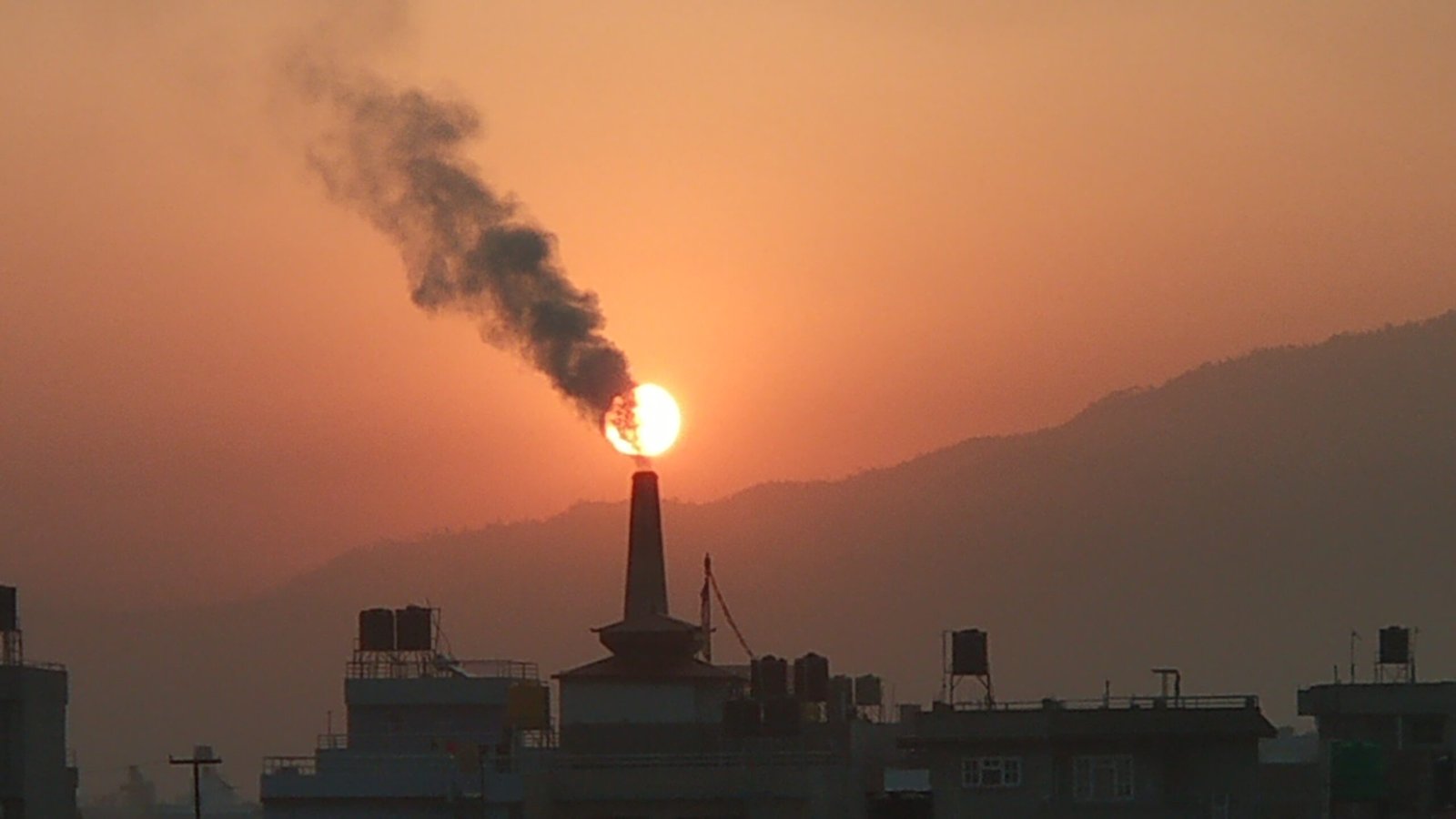
Not all pollution comes from the ground. Dust, chemicals, and microplastics are swept up by wind and rain, traveling across continents before falling into the sea. These airborne pollutants can be just as harmful, depositing heavy metals and pesticides directly onto the reef. Sometimes, the clouds themselves carry the seeds of reef destruction, raining down unseen threats from thousands of miles away.
Bioaccumulation: Pollution’s Climb Up the Food Chain
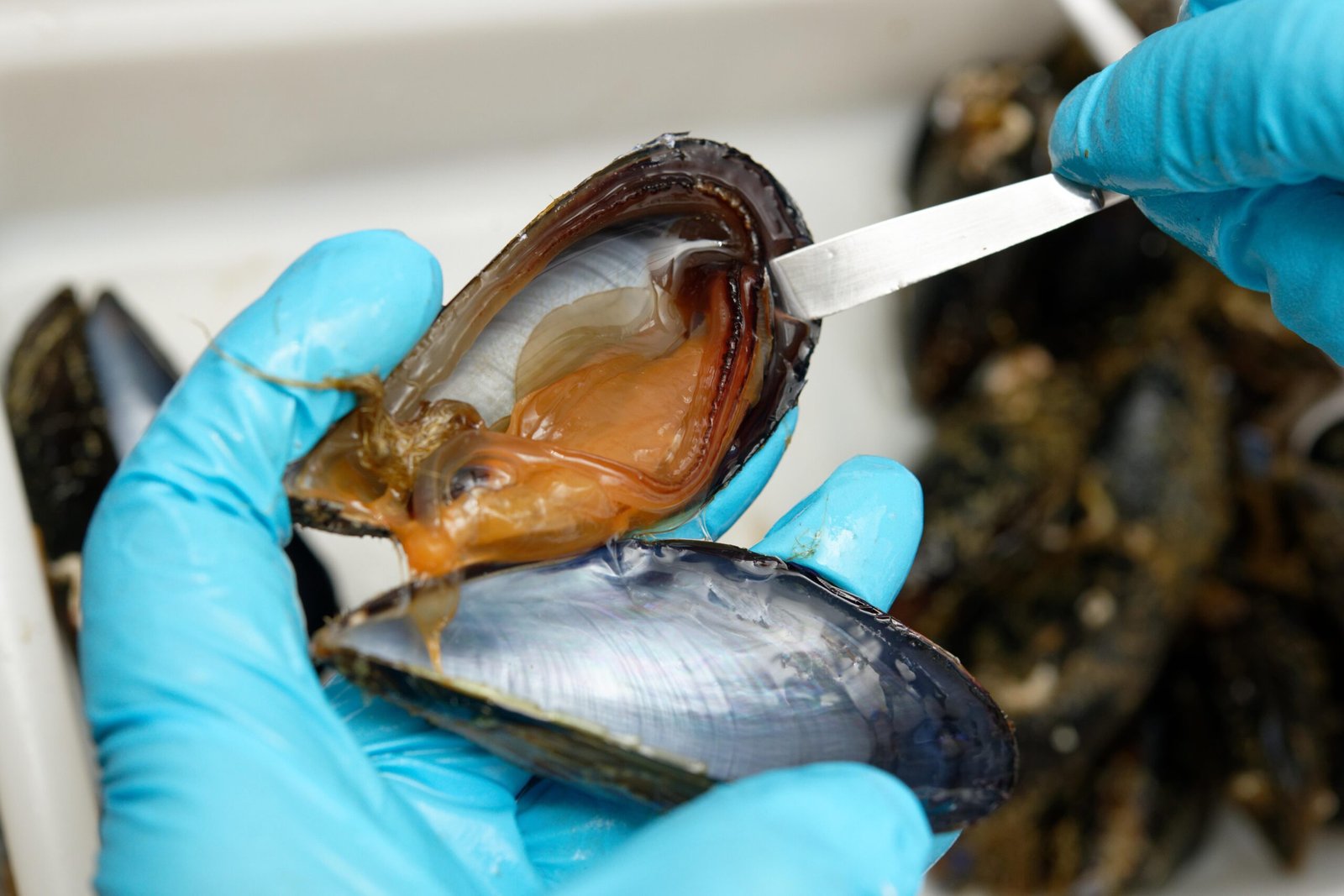
Pollutants don’t just stay put—they build up in living things through a process called bioaccumulation. Small fish eat contaminated plankton, bigger fish eat those fish, and so on, concentrating the toxins at every step. By the time a shark or barracuda eats at the top of the chain, it’s carrying a heavy load of chemicals. This process doesn’t just affect wildlife; it also puts human health at risk when we eat seafood from polluted waters.
Coral Bleaching: Pollution’s Ultimate Blow
When pollution weakens coral, it makes them more vulnerable to heat and disease. One of the most dramatic consequences is coral bleaching, where stressed corals eject the colorful algae they need to survive. Bleached reefs look ghostly white and can die if conditions don’t improve. Pollution stacks the deck against coral, making them less resilient in the face of climate change and other threats.
Disrupted Reproduction and Growth in Marine Life
Toxins and chemicals interfere with the normal development of fish, mollusks, and even coral larvae. Some pollutants mimic hormones, causing bizarre changes like male fish developing eggs or corals failing to spawn. This disruption ripples through the ecosystem, reducing fish populations and making it harder for reefs to recover from storms or disease. In a way, pollution is like rewriting nature’s instruction manual—with disastrous results.
Human Impact: From the Dinner Plate to the Reef
What we eat, buy, and throw away doesn’t just affect us—it echoes in the ocean. Seafood contaminated with heavy metals or microplastics can end up on our dinner plates, closing the loop of pollution. The choices we make every day—recycling, using fewer chemicals, supporting sustainable agriculture—can either fuel or fight the flow of pollutants to the reef. It’s a sobering reminder that the health of distant reefs is tied to the habits of people everywhere.
Local Solutions and Global Challenges
Communities around the world are fighting back, planting trees to reduce erosion, building better sewage systems, and banning single-use plastics. But the problem is global, requiring cooperation across borders and oceans. Even the most dedicated local efforts can be undermined by pollution drifting in from afar. The solution is a patchwork of small victories and big changes—a marathon, not a sprint, in the race to save the reefs.
Innovative Science and Technology: New Hope for Reefs
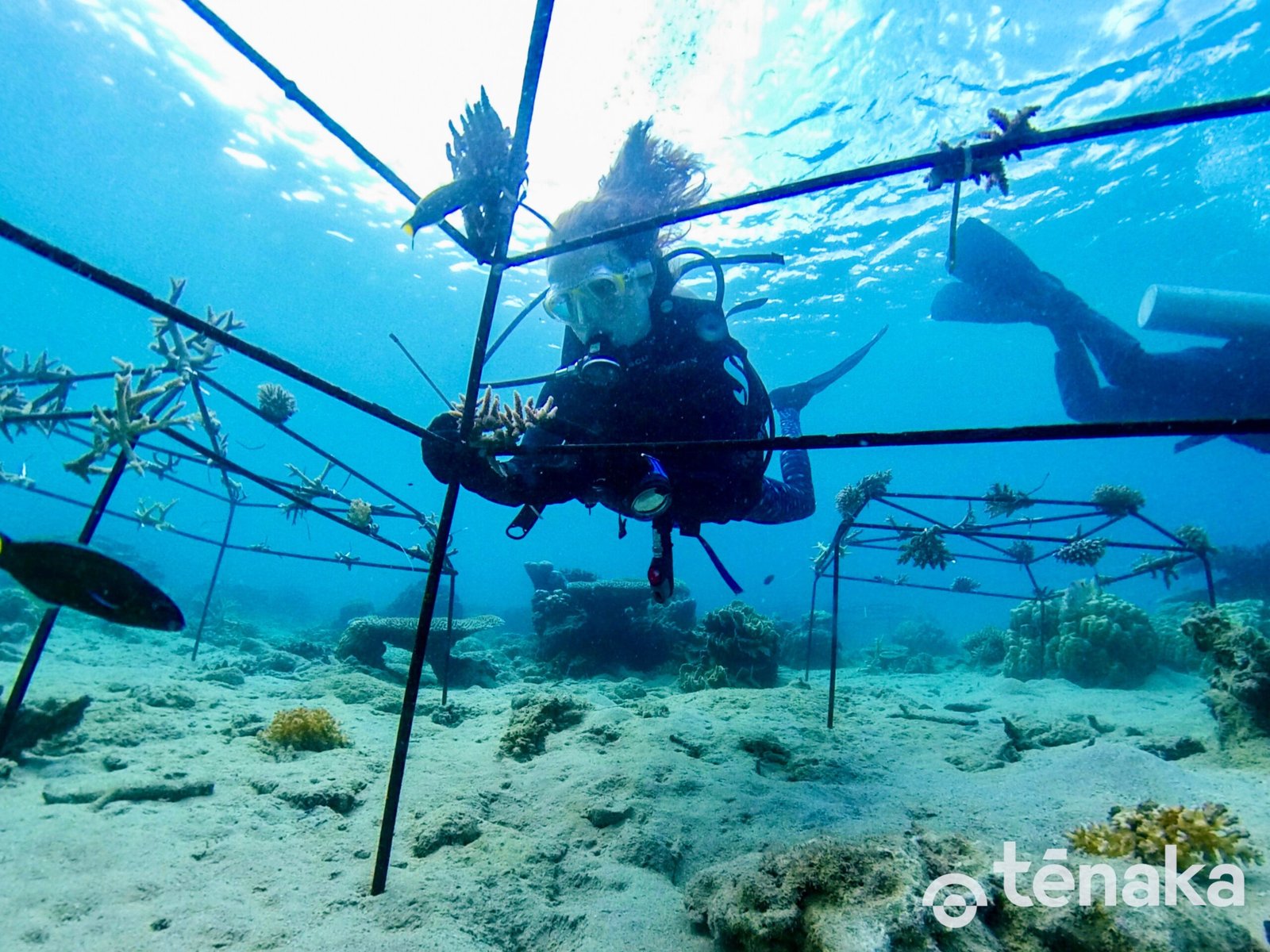
Scientists are harnessing technology to track pollution, clean up plastic, and even breed more resilient coral. Drones map sediment plumes, robots collect trash, and geneticists search for corals that can survive in polluted waters. These innovations offer hope, but they’re not a substitute for prevention. Ultimately, the best cure is stopping pollution before it starts—a lesson as old as medicine itself.
The Interconnectedness of Nature: A Fragile Web

The journey of pollution to the reef is a powerful reminder of how intertwined our world is. A plastic bag tossed in a city park, fertilizer spread on a farm, or pesticide sprayed on a backyard garden can all end up thousands of miles away, touching creatures we may never see. The reef is not just a distant wonder—it’s a reflection of our choices, hopes, and responsibilities.

